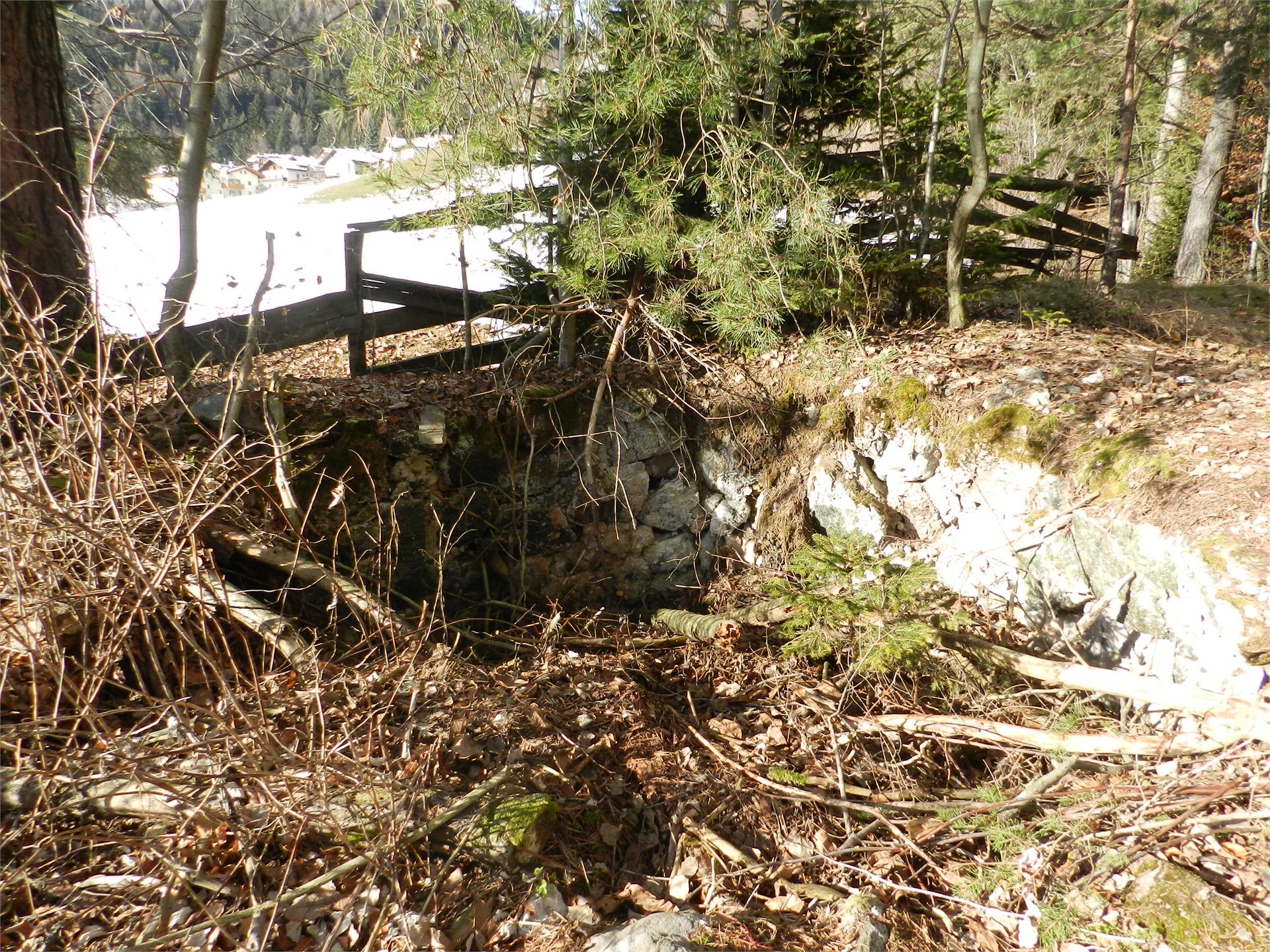In 1951, there is also said to have been an apparition of the Virgin Mary at this special place.
A descriptive board on site tells of these extraordinary occurrences at the Mortner Gufl.
Route description:
From the car park at Cafè Christl, walk past the Resch Market grocery shop along hiking trail [2] / Rittersteig. Continue along the Rittersteig past the Ebenhof farm until you reach the turnoff to the Mortner farm. Here you walk a short distance in the direction of Mortner farm and then immediately turn left to Mortner Gufl.
The way back is via the same path.

















































